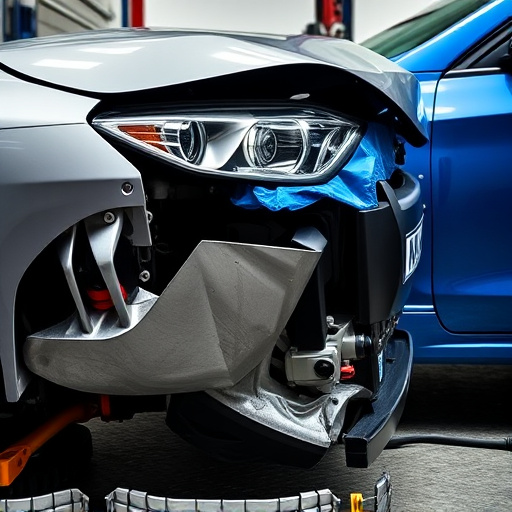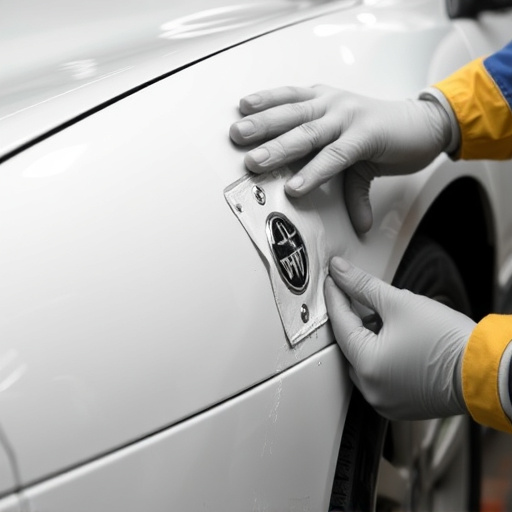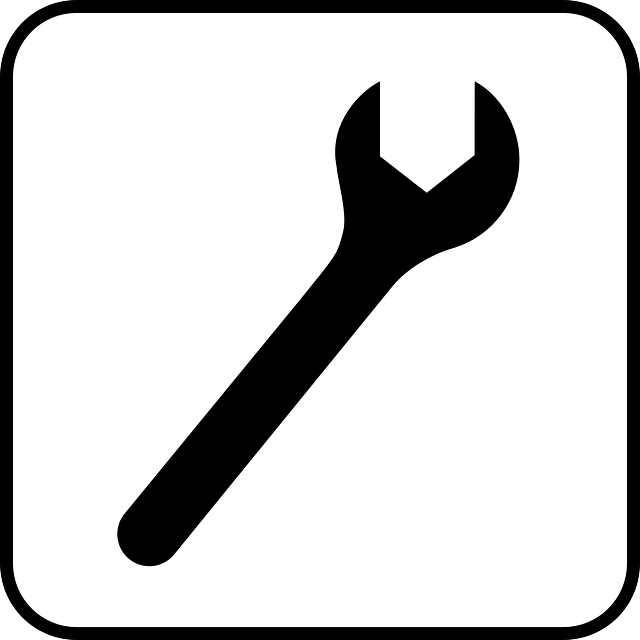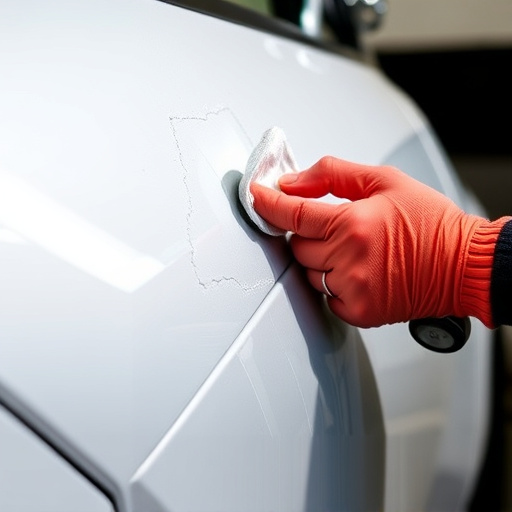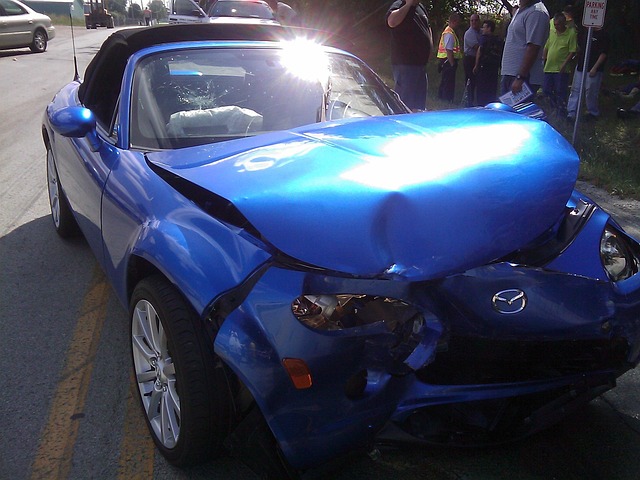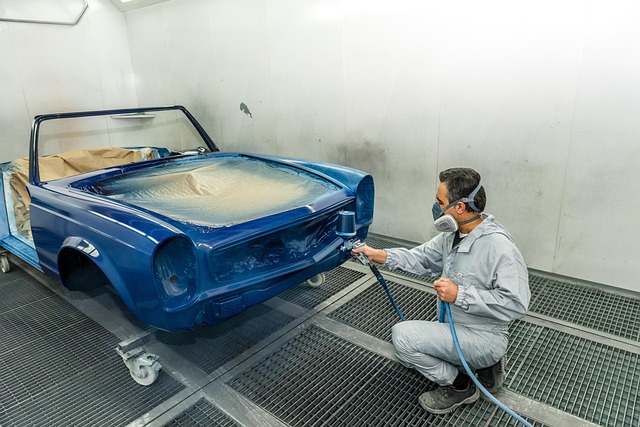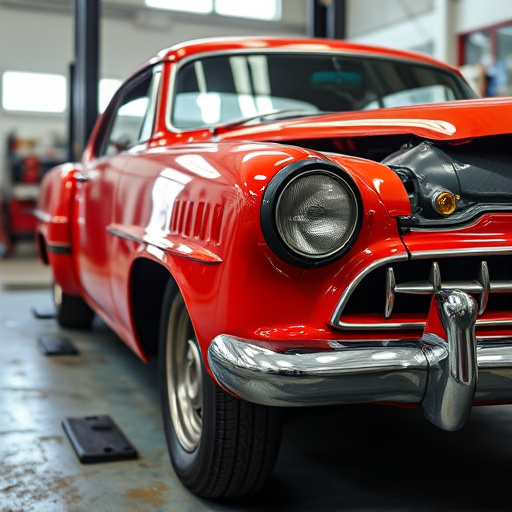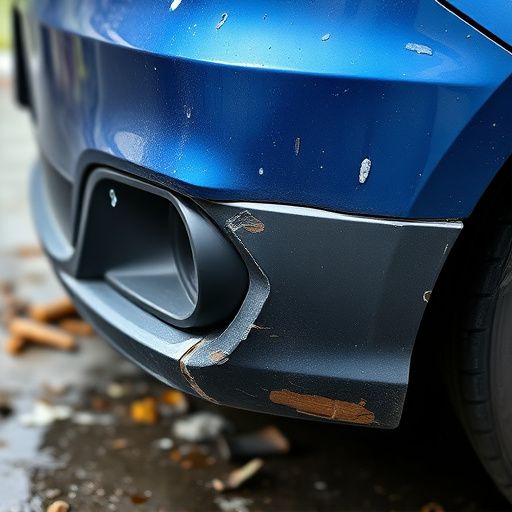Post-repair insurance inspections are essential to reveal hidden structural damage or alignment issues after auto body restoration, ensuring vehicle safety and long-term condition. These checks protect drivers from unexpected problems, maintain peace of mind, and prioritize safety by identifying potential hazards early. Skipping inspections could lead to undetected damage or compliance issues, making them vital for protecting your investment and holding repair shops accountable.
Skip a post-repair insurance inspection at your peril. Unseen issues can lurk, emerging after initial fixes, leaving you vulnerable. Insurance inspections offer crucial peace of mind, ensuring repairs are comprehensive and secure. Protecting your investment is paramount; these assessments safeguard your financial well-being and home’s value. Don’t let unaddressed problems fester—a post-repair evaluation could be the game changer that prevents costly future headaches.
- Unseen Issues Can Arise After Repairs
- Insurance Inspections Ensure Peace of Mind
- Protect Your Investment: The Importance of Post-Repair Assessments
Unseen Issues Can Arise After Repairs
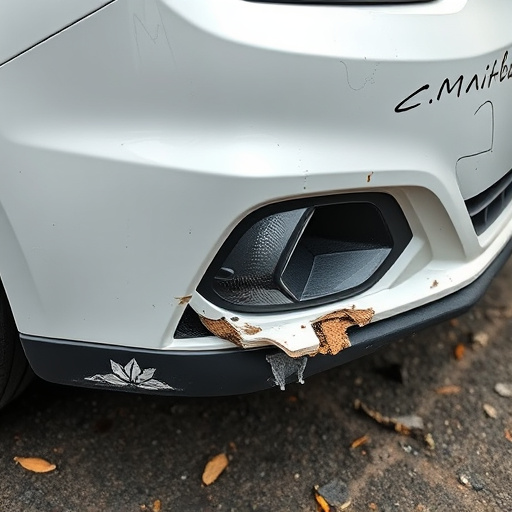
After a car body restoration or auto body shop repairs, it’s easy to feel relieved that your vehicle is back on the road. However, skipping a post-repair insurance inspection can leave you facing unexpected issues down the line. Just like any complex process, vehicle collision repair involves intricate work that may not be immediately apparent upon initial inspection. Hidden problems, such as structural damage or improper alignment, could go unnoticed without professional evaluation.
These unseen issues might manifest as strange noises, handling problems, or even accelerated wear on tires and brakes. A thorough post-repair insurance inspection ensures that these potential hazards are identified and addressed promptly. By requiring this step, insurance companies prioritize the safety of drivers and the long-term condition of their vehicles, ensuring peace of mind for everyone involved in the repair process.
Insurance Inspections Ensure Peace of Mind

Insurance inspections after any auto body repairs, whether it’s a simple vehicle dent repair or more complex auto body fixes, are essential for ensuring peace of mind. These thorough checks guarantee that your car is safe and structurally sound before you hit the road again. Skipping this crucial step could leave you vulnerable to unexpected issues, such as weakened structural integrity or hidden damage, which might go undetected during a cursory visual inspection.
By conducting a post-repair insurance inspection, you gain assurance that every repair has been executed to industry standards and complies with safety regulations. This process involves meticulous examination of the car body shop’s work, from the alignment of panels to the quality of paints and finishes. It’s a vital step in the repair process that safeguards both your well-being and investment in your vehicle.
Protect Your Investment: The Importance of Post-Repair Assessments
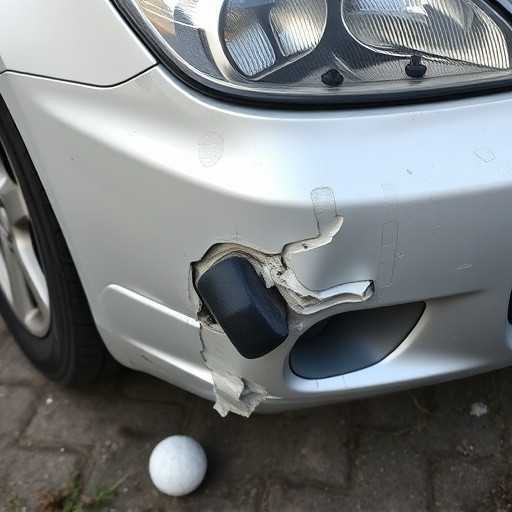
Protecting your investment is a top priority when it comes to ensuring the longevity and value of your vehicle. That’s why a post-repair insurance inspection is an essential step that shouldn’t be skipped after any automotive restoration, whether it’s a minor car scratch repair or a more extensive bumper repair. These assessments serve as a thorough second opinion, guaranteeing that the work performed meets your expectations and industry standards.
By scheduling a post-repair insurance inspection, you gain peace of mind knowing that any potential issues are identified early on. It allows for immediate corrections if needed, preventing further damage or costly repairs down the line. Moreover, it acts as a safeguard, ensuring that the repair shop holds itself accountable for their work and adheres to proper automotive restoration techniques during processes like car scratch repair or bumper repair.
A post-repair insurance inspection is an invaluable step that safeguards your property and provides peace of mind. By identifying potential issues early, you can prevent costly repairs in the future and ensure your investment is protected. Don’t skip this crucial process – it’s the best way to maintain a safe and secure living environment.
